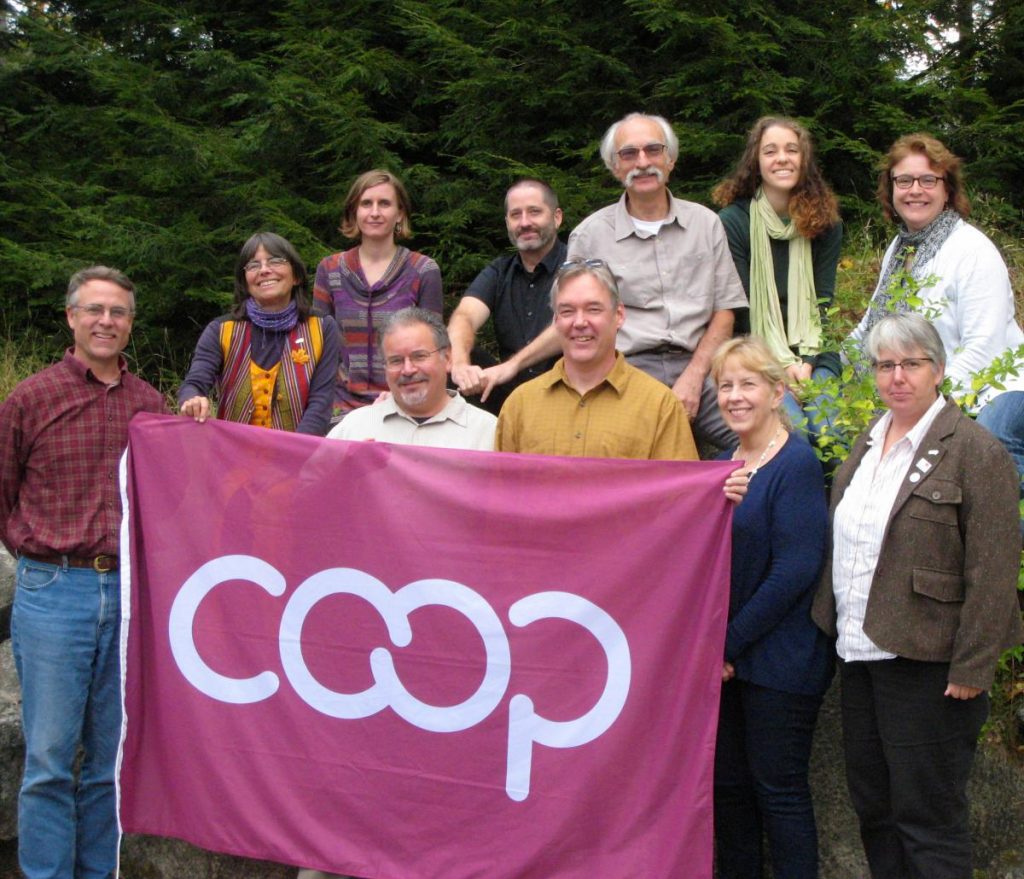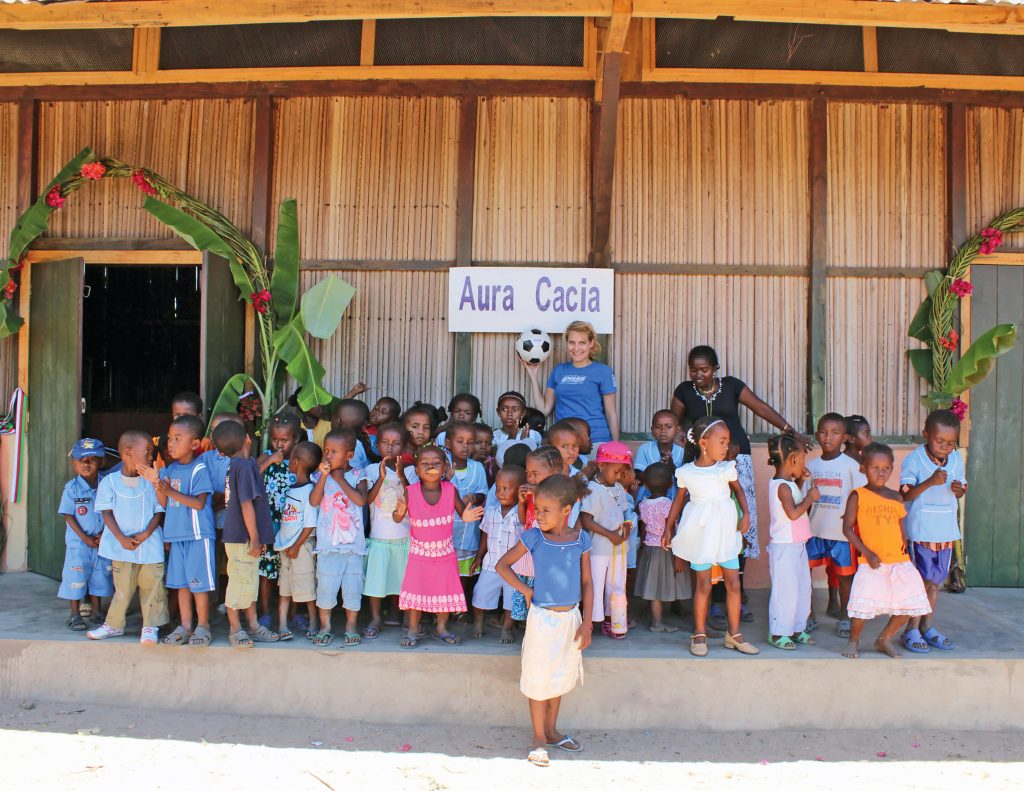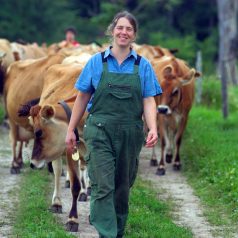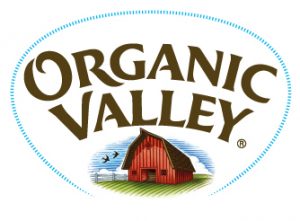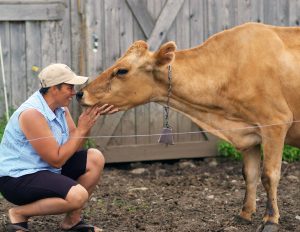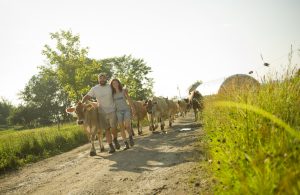
Run for the Board of Directors!
It’s our very local election time! Please consider running for MNFC’s Board of Directors. Spring arrives this month and with it the time when Middlebury Natural Food Co-op member-owners have an opportunity to participate more fully in the overall wellbeing of the Co-op.
We invite all member-owners to consider running for open seats on the Board of Directors. The voting takes place during the month of May. Elected winners are announced at the MNFC Annual Meeting, and new board members begin their term at the June Board of Directors Meeting. There are four open seats this election season. Please see the information for potential candidates below. Applications are due must be received by Tuesday, March 14, 2017
Board of Directors Applications are available here.
========
Open Letter to Potential Board Candidates
Thank you for your interest in serving on the Middlebury Natural Foods Co-op’s Board of Directors. The election packet provides you with an overview of Board functions and responsibilities to help you make your decision about running for the Board. Please contact Kate Gridley (kmgridley@gmail.com) or any member of the Board for further information.
Board of Directors
The Board of Directors is the legal representative of the member-owners of the Middlebury Natural Foods Co-op and thus is responsible for the overall wellbeing of the Co-op. The Board exercises its responsibilities through its relationship with the General Manager, whom it hires and monitors. It is made up of 11 directors and one non-voting staff representative. Each term of office is three years, and terms are staggered so no more than four terms expire each year. There are no term limits.
Powers and Duties
- Provide linkage between the Board and member-owners.
- Create policies that are consistent with cooperative principals and MNFC Ends. (Policy Governance-see below)
- Monitor management performance on implementing policy.
- Work to perpetuate the cooperative.
(Operations are the sole responsibility of the General Manager.)
Qualifications of Candidates
- Be or become a member of the Co-op in good standing.
- Express yourself in a clear, concise manner.
- Work in a group and support decisions made by consensus.
- Devote the time necessary to accomplish Board objectives and fulfill your term.
- Communicate electronically using email and the Board’s web-based information sharing program.
- Understand financial statements or be willing to learn through instruction.
Expectations for Directors
- Make a three-year commitment to the Board of Directors.
- Attend two Board orientation sessions and a training for cooperative boards in the first two years of your term. This is a one-day session typically held In Brattleboro on a Saturday in January. (MNFC pays for travel expenses).
- Have familiarity with and adherence to the Co-op’s by-laws and Board policies.
- Prepare for and attend monthly Board meetings (6:30-8:30pm, usually on the fourth Wednesday of the month at the Co-op), sub-committee meetings, a day-long annual retreat (early February), the Co-op’s Annual Meeting (early June) and Co-op community events. Time commitment averages 3-4 hours per month.
- Take responsibility for Board duties and work together with understanding, mutual support and respect to make decisions that will enhance the viability of the Co-op.
- Keep information and materials confidential when appropriate.
Policy Governance
The Board of Directors of MNFC operates using the model of Policy Governance. This model of leadership results in the General Manager making all operational decisions. Rather, the Board focuses its attention on the strategic direction of the Co-op, engaging with member-owners and monitoring management performance. Policies are developed by the Board outlining how the Board functions, how authority is delegated to management, what limitations management may have and to define Ends toward which management works. Management then reports to the Board in written monitoring reports as to compliance or non-compliance with these policies.
Compensation
In recognition of the time and commitment required to prepare for and attend meetings, required trainings and events, directors receive a stipend of $ 600/year plus a 10% discount on all purchases (except alcohol) at the Co-op.
Committee chairs and Executive Officers receive additional stipends.
Applications should be submitted to Kate Gridley.
Via email:
kmgridleygmail.com
Or
Regular mail to:
Kate Gridley,
c/o Middlebury natural Foods Co-op,
1 Washington Street
Middlebury, Vermont 05753
Applications are due by Tuesday, March 14, 2017






